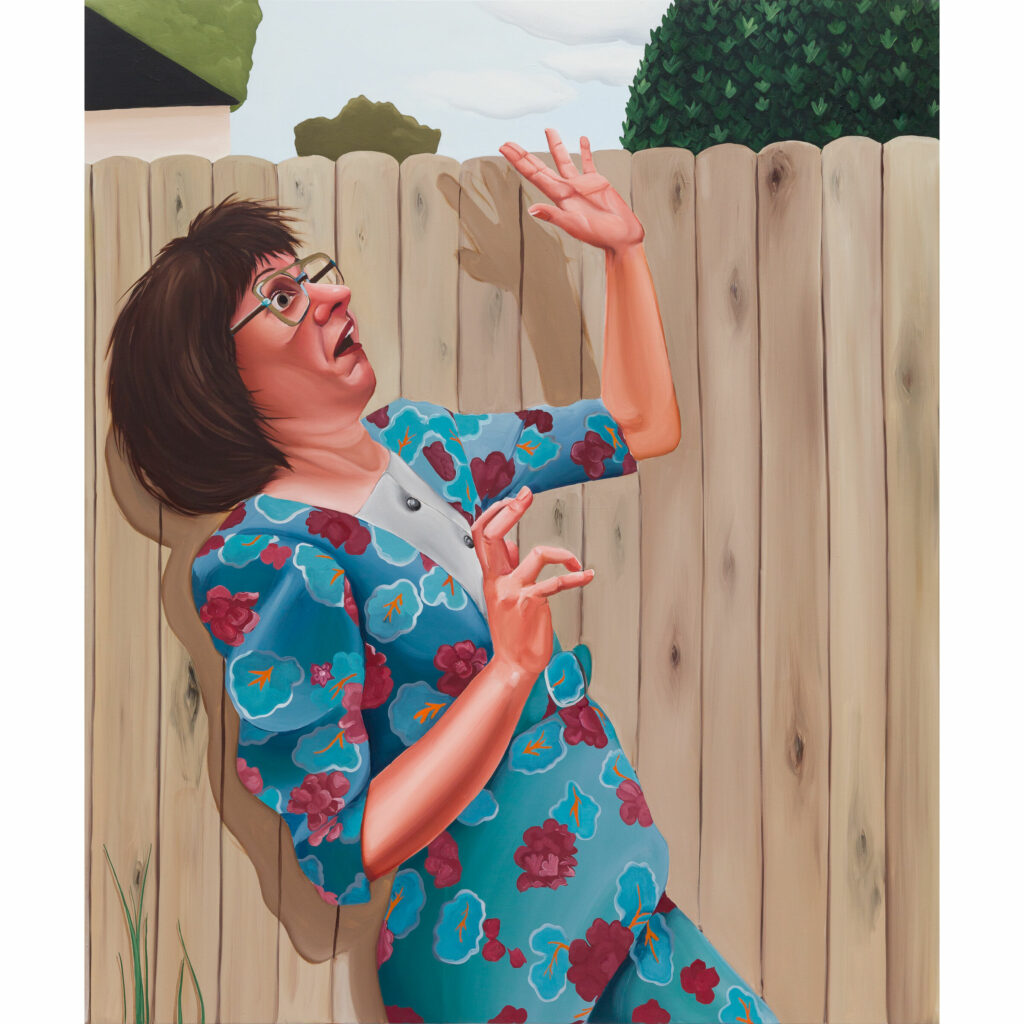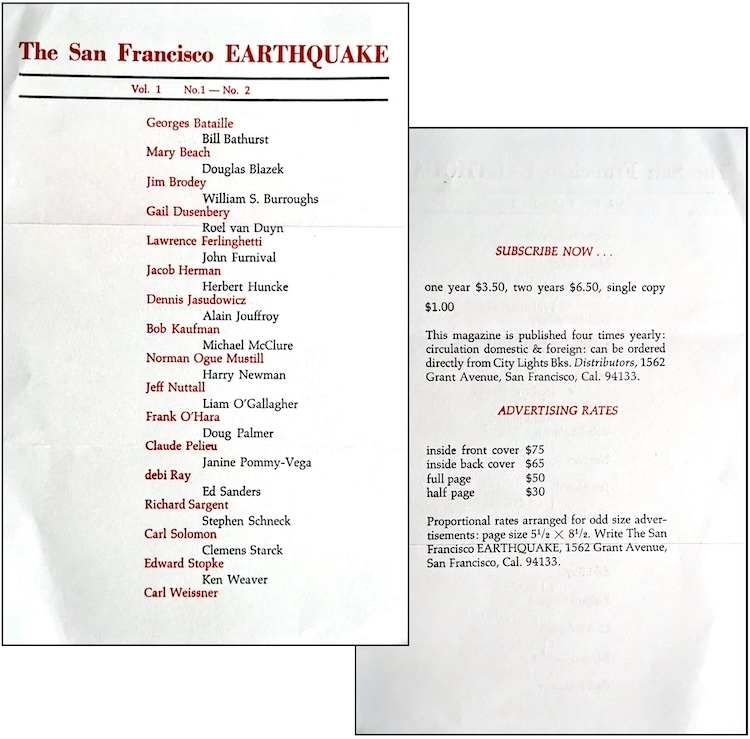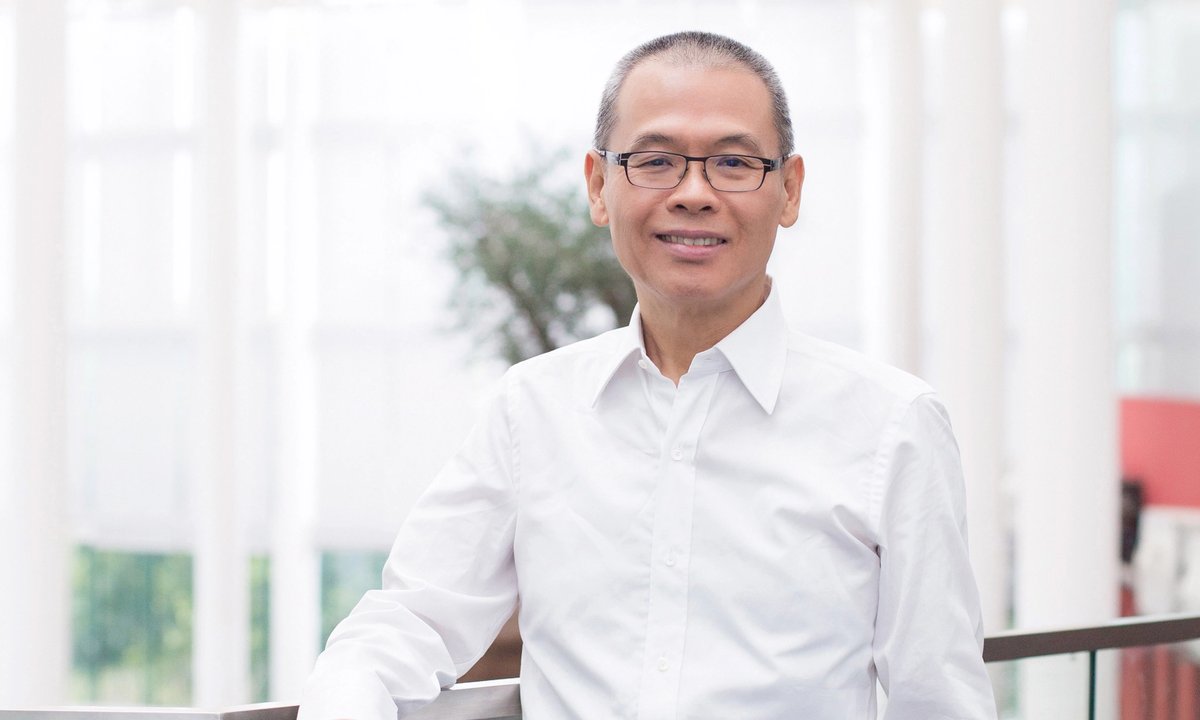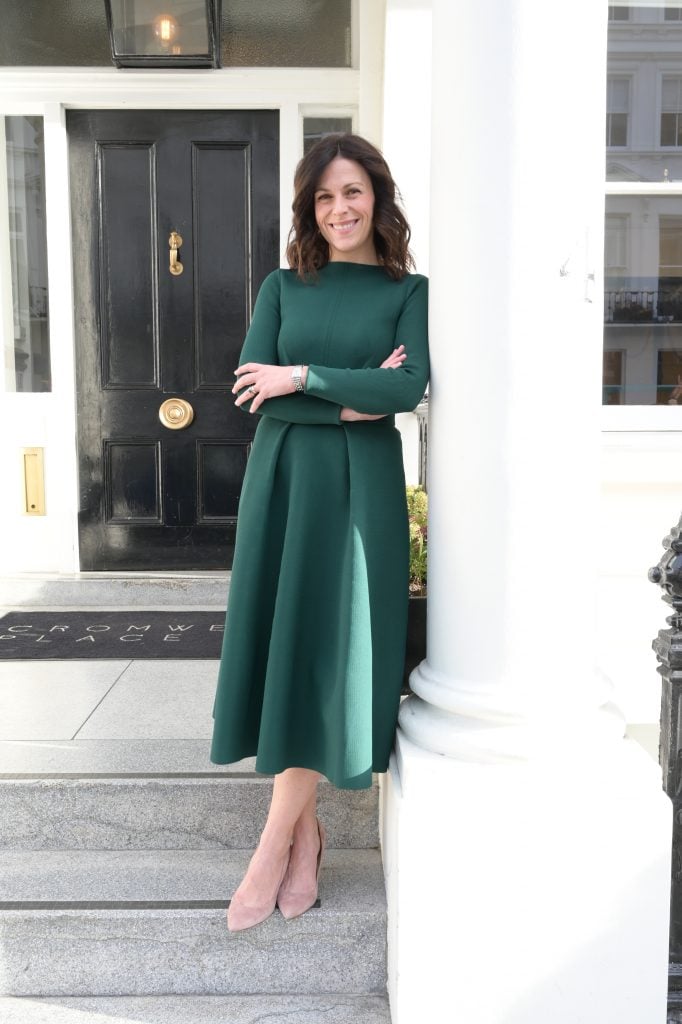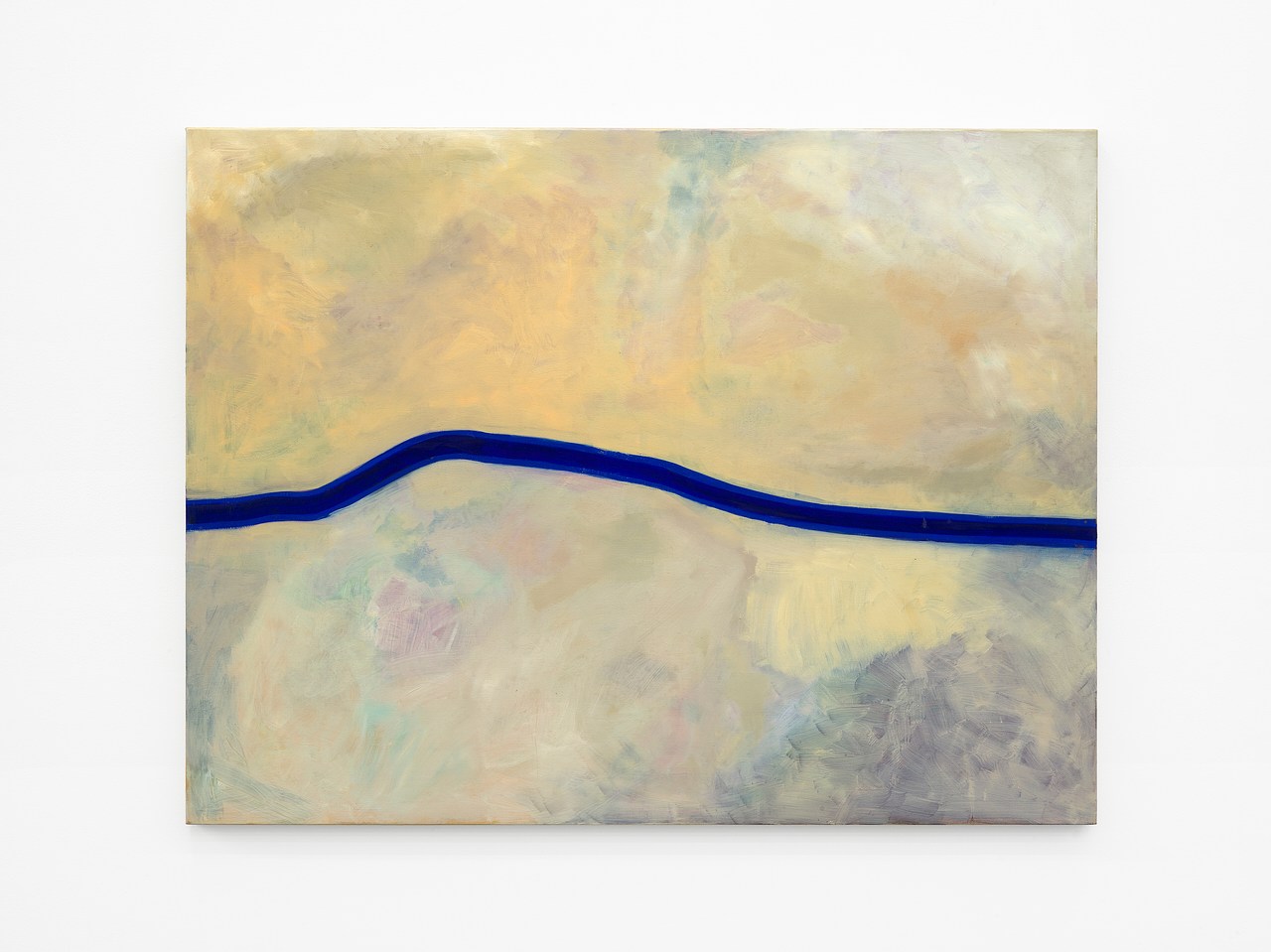Blanco sobre Blanco (White on White)
2014 - Film & Video (Film & Video)
0:45 minutes
Javier Castro
In the video Blanco sobre Blanco (White on White) , we see a white man appearing in a white screen embedded into a white wall— alluding to Malevich’s White on White series. Analogously, in Castro’s related work Negro sobre Negro (Black on Black) all we see is a completely black screen on a monitor that is recessed into a wall, also painted black. Gradually, the face of a man becomes visible as he steps out of the darkness and closer to the camera. As suggested by Castro, the color of this man’s skin allows him to pass unnoticed perhaps literally, but also metaphorically as he alludes with certain humor to the iconic work Black Square by Suprematist artist Kazimir Malevich, often referred to as the “zero point of painting” in Western art-historical discourses. Together, these works have a conversation: both of them appropriating Malevich’s monochromatic compositions, and conflating formalist discourses with racial and identity politics. Adding to the complexity of these works is the preference that art schools across Cuba and Latin America have given to Western discourses, inferiorizing artistic production from outside the West. Seen through this prism, Castro’s pieces are a poetic and provocative take on resolving formalism from within a body of colour.
Javier Castro was born in the in the neighbourhood of San Isidro in the heart of Habana Vieja, Cuba, where he lives and works. Influenced by the unique historical and present idiosyncrasies that define his neighbourhood—which is famous both as the site of José Martí’s (poet and martyr of the war for independence from Spain) childhood home, and the birthplace and murder of Alberto Yarini, a Cuban pimp, racketeer, and heroic symbol of Cuban identity—he films daily scenes from this area of the city, studying its tensions with an anthropological eye. Although he has previously worked in several media including installation and photography, he grew interested in video because of its ability portray the vitality of the present moment in the most immediate way possible. For Castro, it’s essential to capture reality in its most raw and unadulterated form, and hence he uses as little equipment as possible—no lights, sets or scripts—in order to preserve the natural dynamics of an environment. As a consequence, the people we see in his videos are never subject to artificial conditions. As described by Castro, the neighbourhood is his studio and his role as an artist is not to produce work, but rather to find and capture it without touching it. The social dimension of his practice is also important for Castro. At its very core, his work is about the people that he depicts and his own interrelations with them as another inhabitant of Habana Vieja. It’s this closeness and familiarity that allows him to earn his subjects’ trust, which ultimately leads to their honest portrayal. From his interactions with people emerge questions that speak of the human condition: the economy, language, sexuality, and violence all entangled in the stories of sociality and survival in Havana.
Colors:
Related works sharing similar palette

© » KADIST
Micah Lexier
2017This One, That One by Micah Lexier does not have one ultimate version, but instead consists of a source body of 51 separate chapters that are edited to make up different versions...

© » SLASH PARIS
Prix Marcel Duchamp — 2023 — Centre Georges Pompidou — Exposition — Slash Paris Connexion Newsletter Twitter Facebook Prix Marcel Duchamp — 2023 — Centre Georges Pompidou — Exposition — Slash Paris Français English Accueil Événements Artistes Lieux Magazine Vidéos Retour Prix Marcel Duchamp — 2023 Exposition Techniques mixtes À venir Prix Marcel Duchamp 2023 — Bertille Bak, Bouchra Khalili, Tarik Kiswanson et Massinissa Selmani © ADIAF Prix Marcel Duchamp 2023 Dans 9 mois : 2 octobre 2023 → 2 janvier 2024 Bertille Bak, Bouchra Khalili, Tarik Kiswanson et Massinissa Selmani sont les quatre artistes nominés par un comité de sélection composé de onze collectionneurs de l’ADIAF pour l’attribution du 23e Prix Marcel Duchamp...
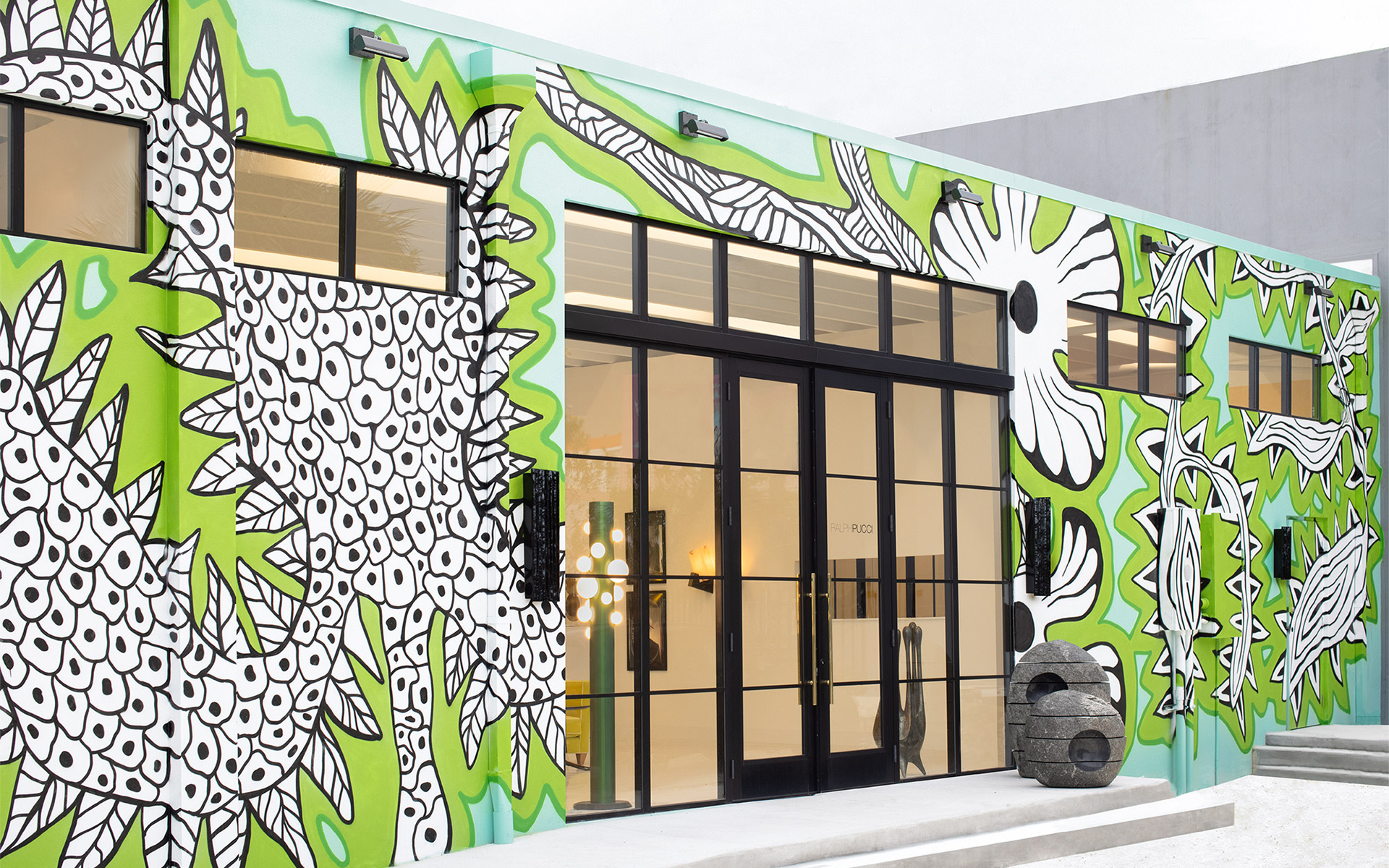
© » GALERIE MAGAZINE
The Artful Life: 7 Things Galerie Editors Love This Week - Galerie Subscribe Art + Culture Interiors Style + Design Emerging Artists Discoveries Artist Guide More Creative Minds Life Imitates Art Real estate Events Video Galerie House of Art and Design Subscribe About Press Advertising Contact Us Follow Galerie Sign up to receive our newsletter Subscribe Ralph Pucci’s new gallery space in Miami features murals by iconic French designer Elizabeth Garouste...

© » KADIST
Paloma Contreras Lomas
2020Paloma Contreras Lomas has frequently used animals as metaphors in her work...

© » KADIST
Kubra Khademi
2020Kubra Khademi’s work celebrates the female body and in her detailed drawings and paintings she portrays female bodies floating on white paper...
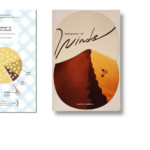
© » ARTS EQUATOR
Reading in isolation: ‘Others’ is Not a Race and Interpreter of Winds | ArtsEquator Thinking and Talking about Arts and Culture in Southeast Asia Articles April 9, 2020 By Kathy Rowland (913 words, 4-minute read) Last November, when there was nary a thought for social distancing, and Corona conjured up visions of lime wedges and grimy bars, I reread Rex Shelley’s 1991 debut novel, The Shrimp People ...

